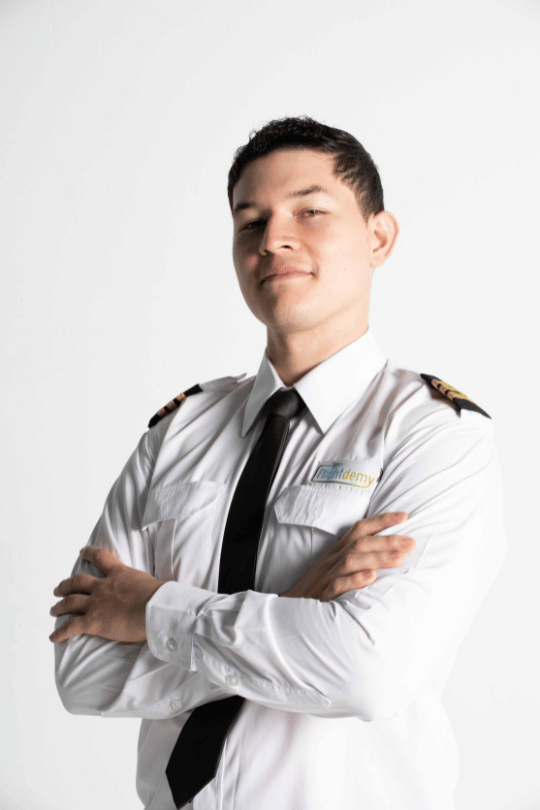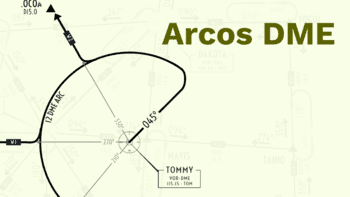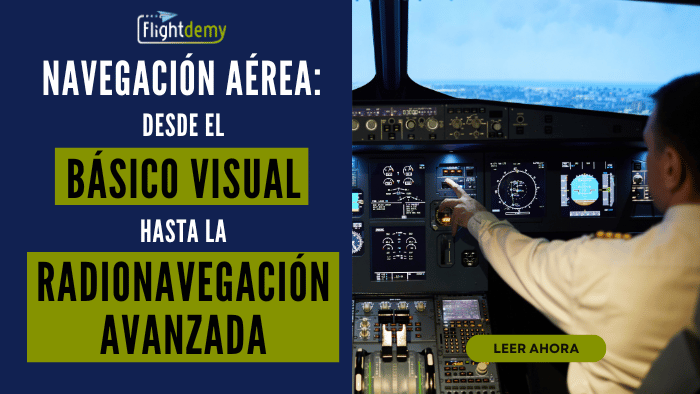Do you know the Flight Attendant Panel?
The FAP allows flight crew members to control and monitor all the systems in the passenger cabin.
Airbus Passenger Cabin: A Modern Marvel Controlled by FAP
Step into the epitome of modern aviation technology with the Airbus passenger cabin. Every system within this intricately designed environment is meticulously interconnected and orchestrated by the Flight Attendant Panel (FAP). Discover how the FAP elevates in-flight experience while optimizing operational efficiency, ensuring a seamless synergy between comfort, safety, and performance.
The Pinnacle of Control: Flight Attendant Panel (FAP)
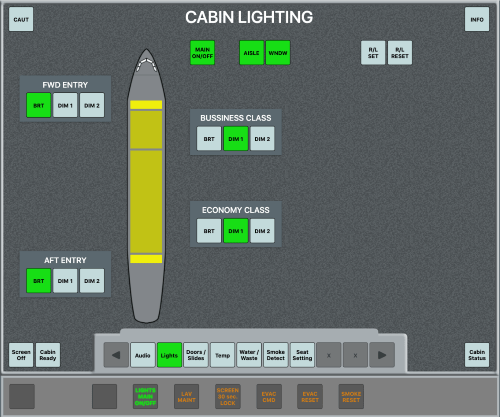
The Flight Attendant Panel (FAP) emerges as the nerve center of Airbus cabin systems, interfacing seamlessly with the CIDS (Cabin Data Intercommunication System) to furnish real-time data regarding myriad aspects of the cabin environment.
With the FAP, cabin crew members can effortlessly regulate lighting, modulate temperature, orchestrate ambient music, and convey announcements. It stands as the technological linchpin in enhancing passengers' comfort and ensuring safety, forging a harmonious cabin atmosphere.
Ensconced at the front of the cabin, adjacent to door 1L, the FAP boasts a 15-inch touchscreen monitor, complemented by HardKeys—physical buttons—below the monitor for controlling crucial functions. This dual setup ensures impeccable reliability, even in the event of touchscreen malfunctions.
Ready to Master the A320 FAP?
Join Our Course Now and Elevate Your Cabin Crew Skills!
Gain comprehensive expertise in the FAP of the Airbus A320 family and dive deep into the intricacies of the FAP Pages.
A Guardian Watch: Monitoring Doors and Slides via FAP
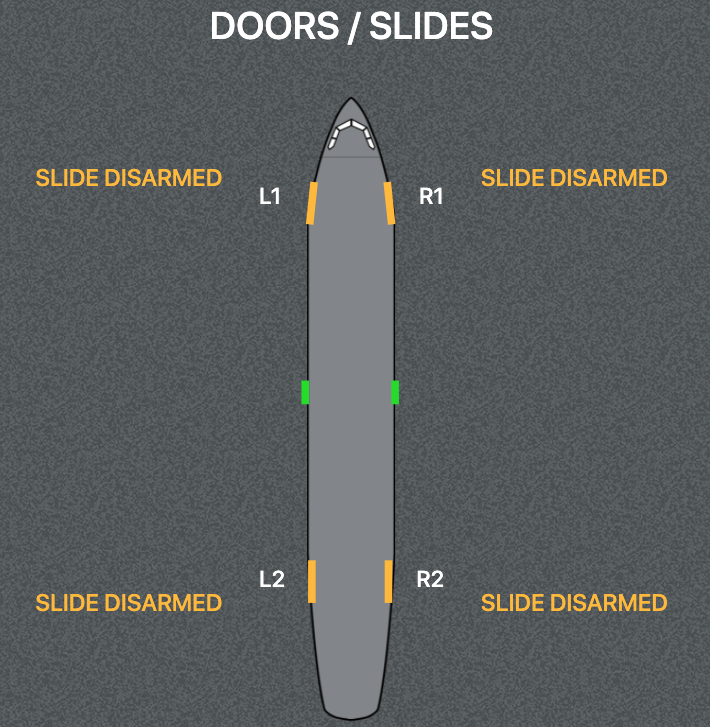
The FAP's capabilities extend beyond controlling cabin ambiance—it also empowers the crew to vigilantly monitor the status of doors and slides in real-time. This encompasses information on door positions as well as the arming status of escape slides, providing a crucial layer of safety.
In more advanced configurations, the FAP relays pressure readings for each slide, further enhancing safety measures and readiness in case of emergencies.
Smoke Alert: Cabin Smoke Detection through FAP
The FAP is endowed with sophisticated smoke detection capabilities. Upon detection of smoke in any of the lavatories, the panel instantly displays the precise location, triggering visual and auditory alerts to promptly alert the crew.
While these alerts can be muted, they continue to be displayed until the situation is resolved, providing an essential alert system for the crew. Mastery of the FAP interface and cabin systems is imperative for cabin crew training, ensuring proficiency in handling standard, abnormal, and emergency situations with aplomb.
Flightdemy offers specialized courses to equip cabin crew members with the essential knowledge and skills required to navigate the FAP interface proficiently, ensuring a safe and comfortable flying experience for all on board.


Get 10% off now!
Subscribe and be the first to receive exclusive news, special offers, and the latest updates on our courses.
Other posts
You may also be interested in...
